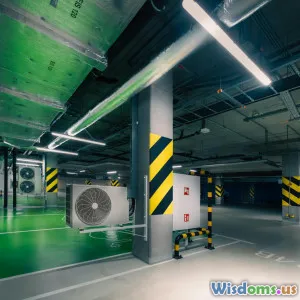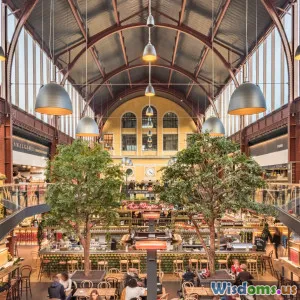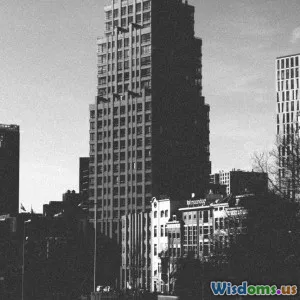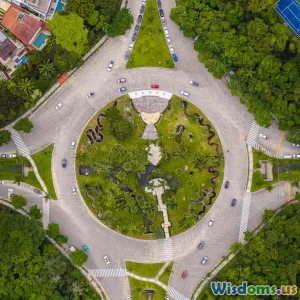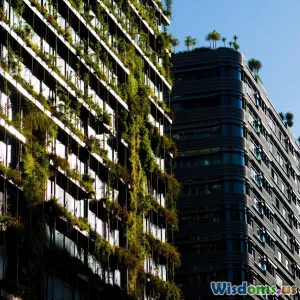
Seven Surprising Ways Green Roofs Cut City Pollution
11 min read Discover seven unexpected ways green roofs help reduce pollution and boost urban environmental health. (0 Reviews)
Seven Surprising Ways Green Roofs Cut City Pollution
Urban skylines aren’t just stretching higher—they’re getting greener. Across the globe, visionary architects and city planners have turned to green roofs as an antidote to urban blight and pollution. But while the lush rooftop gardens may be visually striking, their benefits for city air go far deeper. By integrating nature high above bustling streets, green roofs wage a daily battle against air, water, and noise pollution. Here are seven lesser-known ways these verdant oases revolutionize urban environments and cut pollution in powerful, unexpected ways.
Lush Filters: Capturing Airborne Particulates
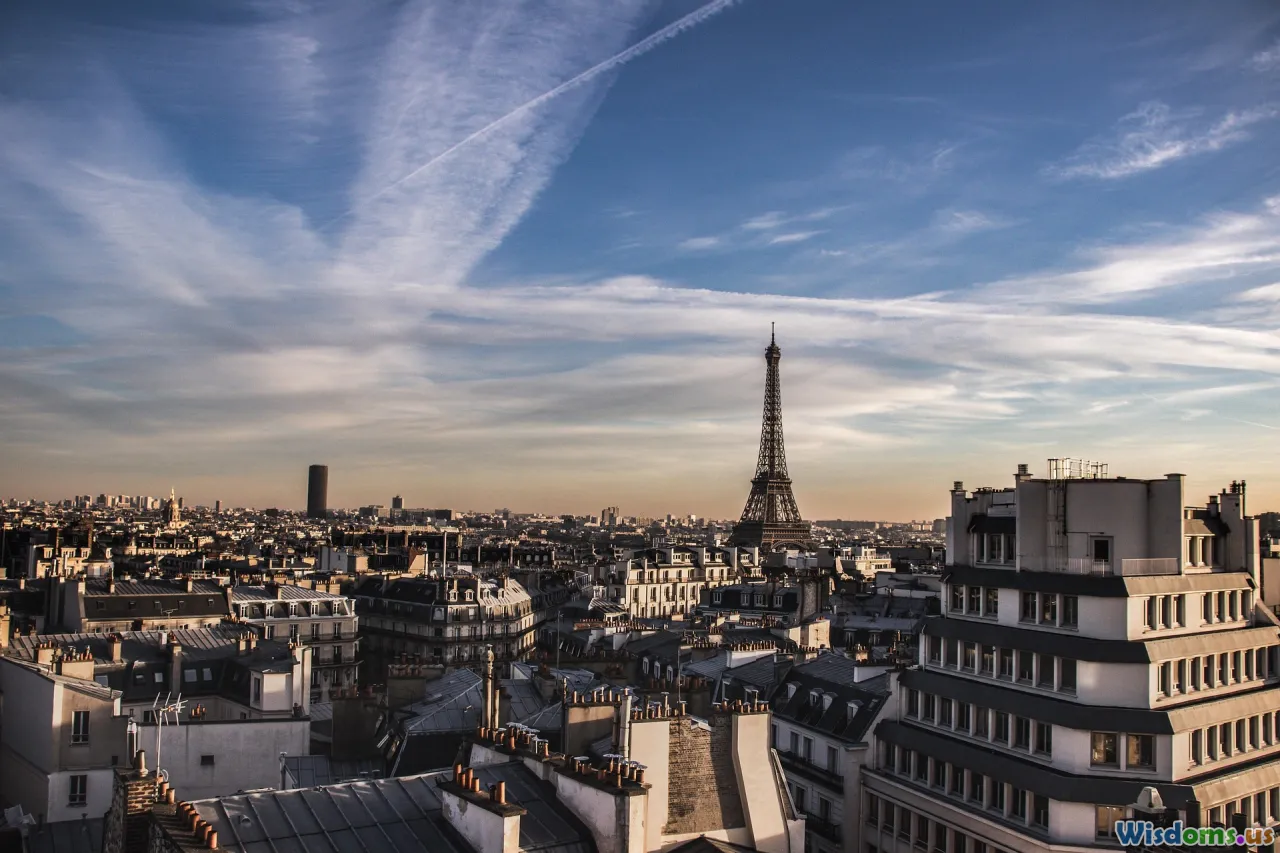
Few city dwellers realize the true impact of particulate matter—microscopic particles from vehicles, construction, and industry—that harm respiratory health and cloud cityscapes. Green roofs act as a first line of defense, trapping these particles in plant leaves and soil.
A study by the University of Toronto revealed that sedum-covered green roofs removed up to 37% of fine particulates from the air passing over them. The process, called dry deposition, allows dust to adhere to leaves and eventually be washed into the substrate or decomposed by microorganisms. Toronto’s program projects their city’s green roofs remove around 5 mg (about a grain of salt) of particulates per square meter daily—minor per roof, but, when multiplied by thousands of roofs, becomes city-shaking. By turning every building into a working filter, cities can measurably improve their air quality one rooftop at a time.
Silent Guardians: Reducing Urban Noise Pollution
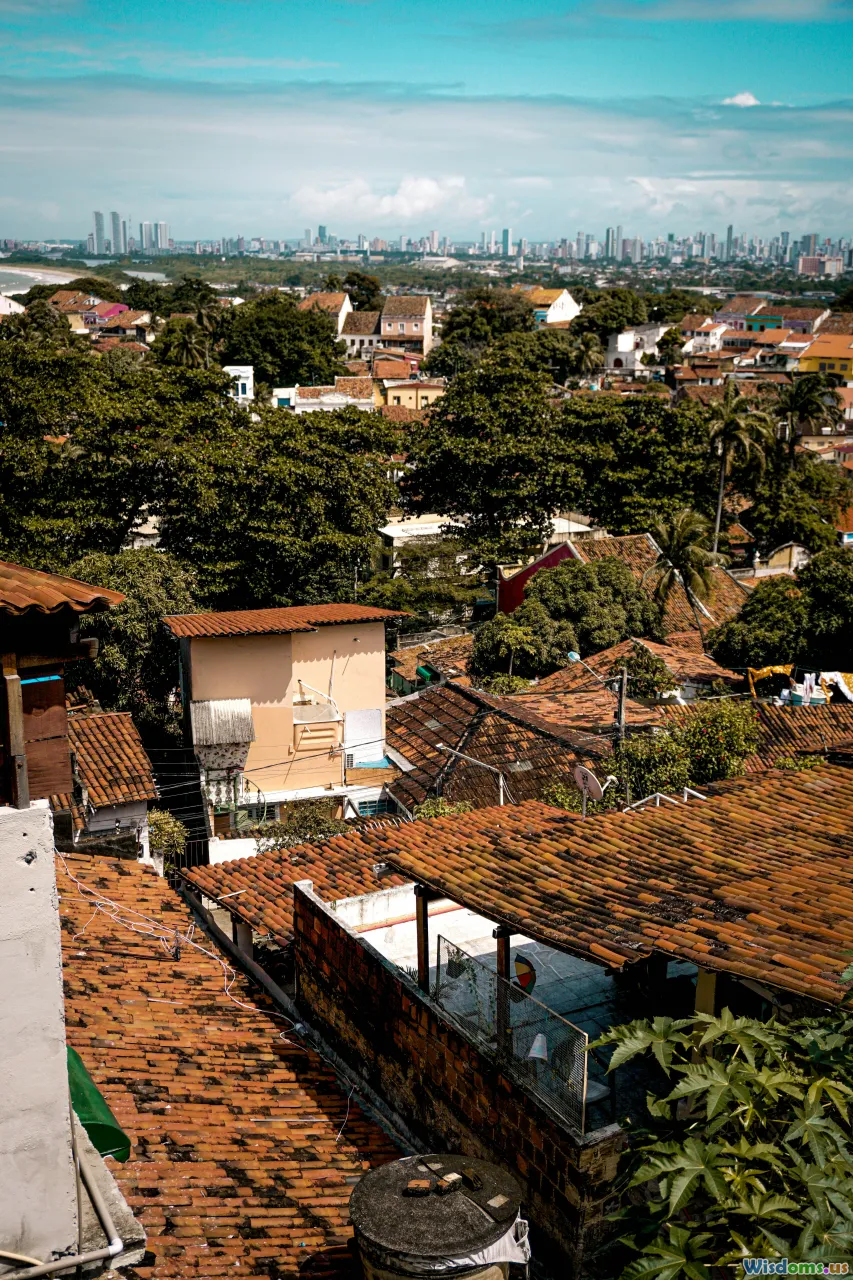
The average city street can rocket to 85 decibels—a level that not only aggravates human stress but also disrupts wildlife. Conventional roofs amplify this struggle: sealed concrete and membranes reflect sound into the cityscape. Green roofs, however, absorb and deflect noise in subtle but vital ways.
In a field test at the University of Sheffield, researchers measured noise reductions of up to 8 decibels atop green roofs compared to hard-surface roofs. Soil and vegetation function as natural dampers, particularly against high-frequency noise. Residential and hospital buildings near highways in Hamburg, Germany, installed green roofs and reported noticeably quieter interiors and less intrusive background noise. Over time, cumulative sound absorption by thousands of green roofs could mean gentler, more livable neighborhoods.
Cooling Effect: Lowering the Urban Heat Island

Asphalt, tar, and traditional roofing capture the sun’s rays all day, creating the notorious “urban heat island effect”—where cities are several degrees hotter than their surroundings. High heat leads to more energy consumption and can worsen smog. But green roofs offer an elegant solution: transpiration.
Plants naturally cool air as water evaporates from their leaves—a process that not only counteracts rooftop temperature but also cools entire city blocks. Chicago’s City Hall recorded temperature reductions up to 7°C (12°F) on their green roof compared with adjacent conventional roofs. London researchers found that widespread green roofing could drop city-wide peak summer temperatures by as much as 1–2°C. Multiply this by urban areas across the globe, and you get less energy burned for air conditioning and less smog formation—a direct blow to pollution.
Stormwater Champions: Filtering Runoff and Trapping Toxins
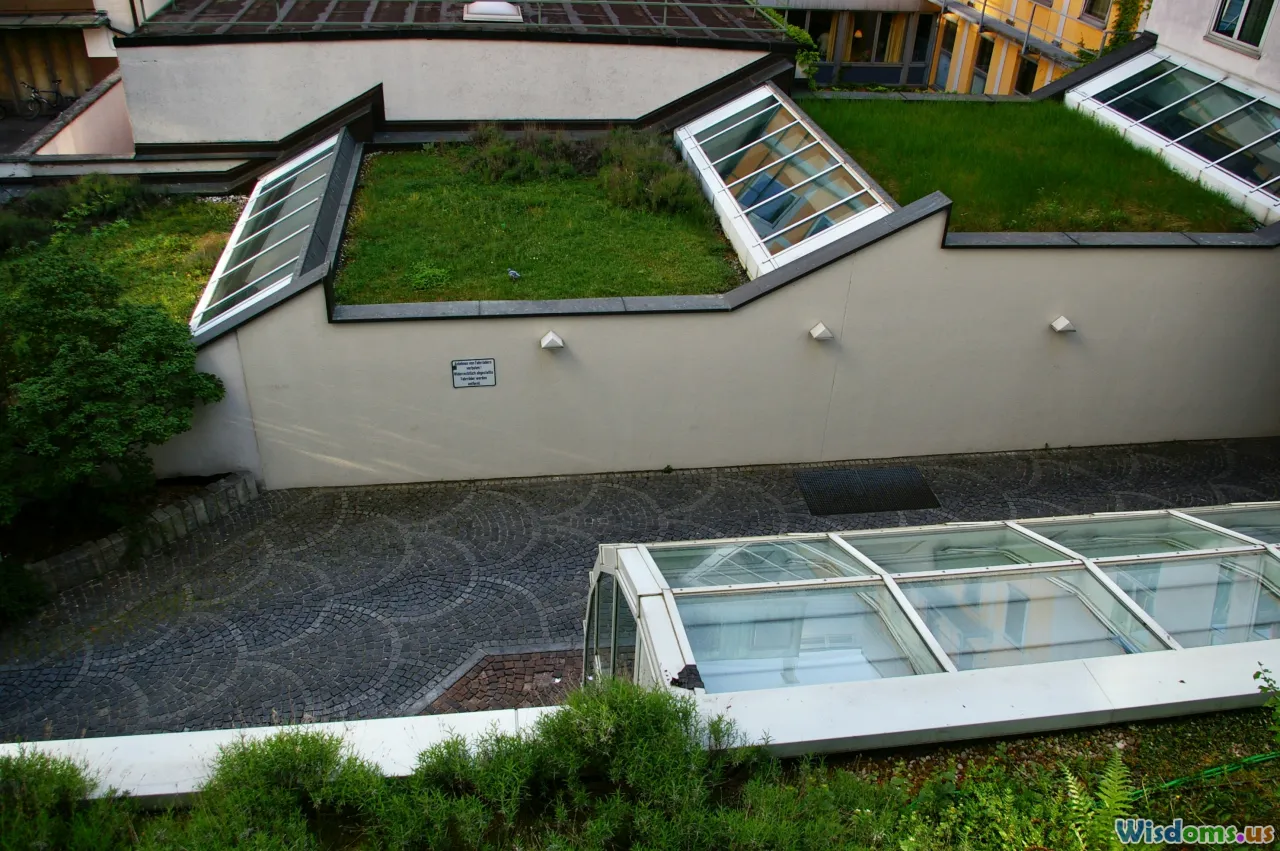
Every heavy rain in a city washes oil, heavy metals, and chemicals from roofs and roads into city drains—leading to polluted rivers and overwhelmed sewer systems. Green roofs intercept this dirty deluge. The vegetative mat retains rainwater, filters it through soil, and releases cleansed water steadily.
New York City’s pilot green roof on the Solaire residential tower slashed peak stormwater runoff by 50%, curbing both pollution and flooding. Sedum and wildflower-dominated green roofs have demonstrated nitrogen and phosphorus reductions of up to 90% in filtered water samples in Leipzig, Germany. By trapping toxins in plants and soil, green roofs keep rivers and harbors cleaner—which ultimately means safer water for urban and downstream communities alike.
Habitat Highways: Boosting Biodiversity Amid Concrete

Urban expansion usually means nature’s retreat, replacing greenbelts with concrete. However, green roofs flip this narrative, serving as crucial stepping stones for birds, butterflies, and pollinating insects.
Basel, Switzerland, requires all new flat roofs to be green, and the city now supports skylark nesting and a growing population of rare butterflies. Toronto’s Biodiversity Green Roof Strategy has identified over 100 plant species and dozens of bird and bee species thriving on city rooftop gardens. By offering food, shelter, and crossing points between parks fragmented by roads, green roofs enhance urban biodiversity organically. Insect-pollinated wildflowers attract bees and butterflies; berry bushes lure songbirds. A more diverse urban biota means healthier, more resilient ecosystems—and a stronger capacity to tackle pollution naturally.
Carbon Sinks in the Sky: Absorbing Greenhouse Gases

As the world scrambles to slow climate change, cities focus on shrinking their carbon footprint. Every green roof plays a small but pivotal role as a living carbon sink, offsetting emissions at the space where energy use peaks: buildings.
How does it work? Plants take in atmospheric CO2 during photosynthesis, locking some carbon in roots and leaves. A two-year study in Michigan estimated that moderate-sized, intensively planted green roofs could sequester about 375 grams of carbon per square meter annually—a modest sum on its own, but multiplied across millions of squares, the impact stacks up. Sedum species and native grasses have shown higher per-area sequestration rates, making plant diversity a smart choice for carbon-purpose roofs. Additionally, roofs shaded and cooled by plant cover require less heating and cooling energy, reducing indirect emissions from fossil-fueled power grids.
Inspiring Human Behavior: Generating Green Awareness

Perhaps least obvious but most profound, green roofs transform more than the environment—they transform people. When city residents work with and enjoy rooftop gardens, awareness rises and behavior changes follow.
Take Brooklyn Grange—the world’s largest soil rooftop farm—spanning over 5.6 acres above New York. Not only does it grow 80,000 pounds of produce annually while absorbing stormwater and CO2, it hosts public workshops and school tours. Studies suggest that direct exposure to urban greenery fosters eco-friendly lifestyle shifts: reduced car usage, higher recycling rates, and greater public advocacy for clean city policies. Rooftop gardens channel this individual urge for sustainability into tangible community change.
Some offices in Tokyo have designed accessible rooftop green spaces that employees tend during breaks, reporting increased happiness and pride in sustainable living. By giving citizens a stake—and a stake in—the health of their cities, green roofs spark grassroots pollution-fighting movements that radiate far beyond each building.
From scrubbing toxins from air and water, to creaking open city soundscapes and sparking unexpected conservation among residents, green roofs remake urban landscapes into cleaner, more vibrant, and more hopeful spaces. As city skylines mushroom higher, it’s the rooftop patch of green, more than steel or concrete, that promises a truly sustainable horizon.
Rate the Post
User Reviews
Popular Posts














